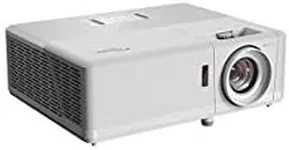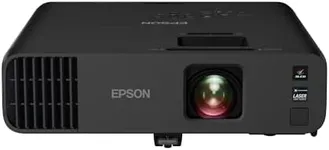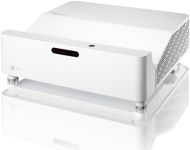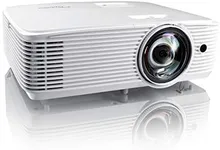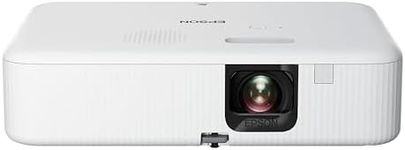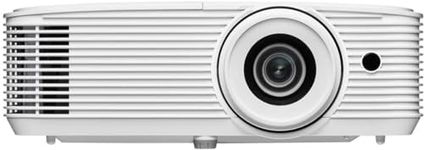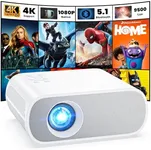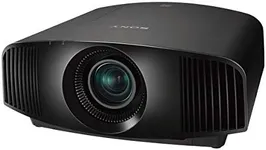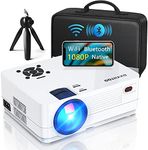Buying Guide for the Best HD Projectors
Choosing the right HD projector can significantly enhance your viewing experience, whether it's for home entertainment, business presentations, or educational purposes. To make an informed decision, it's important to understand the key specifications and how they align with your specific needs. Here are the main specs to consider when selecting an HD projector.ResolutionResolution refers to the number of pixels that make up the image on the screen. Higher resolution means more detail and clarity. Common resolutions for HD projectors include 720p (1280x720 pixels) and 1080p (1920x1080 pixels). If you plan to use the projector for watching movies or gaming, a higher resolution like 1080p is preferable for a sharper image. For basic presentations or educational purposes, 720p may suffice.
BrightnessBrightness is measured in lumens and indicates how bright the projected image will be. This is crucial because it affects how well the image can be seen in different lighting conditions. For dark rooms, a projector with 1,000 to 2,000 lumens is usually adequate. For rooms with some ambient light, look for 2,000 to 3,000 lumens. For well-lit rooms or outdoor use, 3,000 lumens or more is recommended. Consider where you will be using the projector most often to determine the appropriate brightness level.
Contrast RatioThe contrast ratio measures the difference between the darkest and brightest parts of an image. A higher contrast ratio means deeper blacks and more vibrant colors, which is important for a more immersive viewing experience. Ratios like 10,000:1 or higher are ideal for home theaters, while lower ratios around 2,000:1 to 5,000:1 may be sufficient for presentations and educational use. Think about the type of content you will be viewing to choose the right contrast ratio.
Throw DistanceThrow distance is the distance between the projector and the screen. It determines how large the image will be at a given distance. Projectors are categorized into short throw, standard throw, and long throw. Short throw projectors can create a large image from a short distance, making them ideal for small rooms. Standard throw projectors are suitable for medium-sized rooms, while long throw projectors are best for large venues. Measure the space where you plan to use the projector to select the appropriate throw distance.
Lamp LifeLamp life indicates how long the projector's lamp will last before it needs to be replaced, usually measured in hours. Longer lamp life means less frequent replacements and lower maintenance costs. Typical lamp life ranges from 2,000 to 5,000 hours, with some models offering up to 10,000 hours or more in eco mode. If you plan to use the projector frequently, look for a model with a longer lamp life to ensure it lasts longer without needing a replacement.
ConnectivityConnectivity options determine what devices you can connect to the projector. Common inputs include HDMI, VGA, USB, and wireless options. HDMI is essential for high-definition video and audio, making it a must-have for home entertainment. VGA is useful for connecting to older computers. USB ports can be handy for direct media playback. Wireless connectivity allows for easy streaming from smartphones and tablets. Consider the devices you will be using with the projector to ensure it has the necessary ports and connectivity options.
Keystone CorrectionKeystone correction helps to adjust the image if the projector is not perfectly aligned with the screen, preventing a distorted image. This feature is especially useful if you need to place the projector at an angle or off-center. Look for projectors with both vertical and horizontal keystone correction for maximum flexibility. If you anticipate needing to set up the projector in various locations or angles, this feature will be very beneficial.

